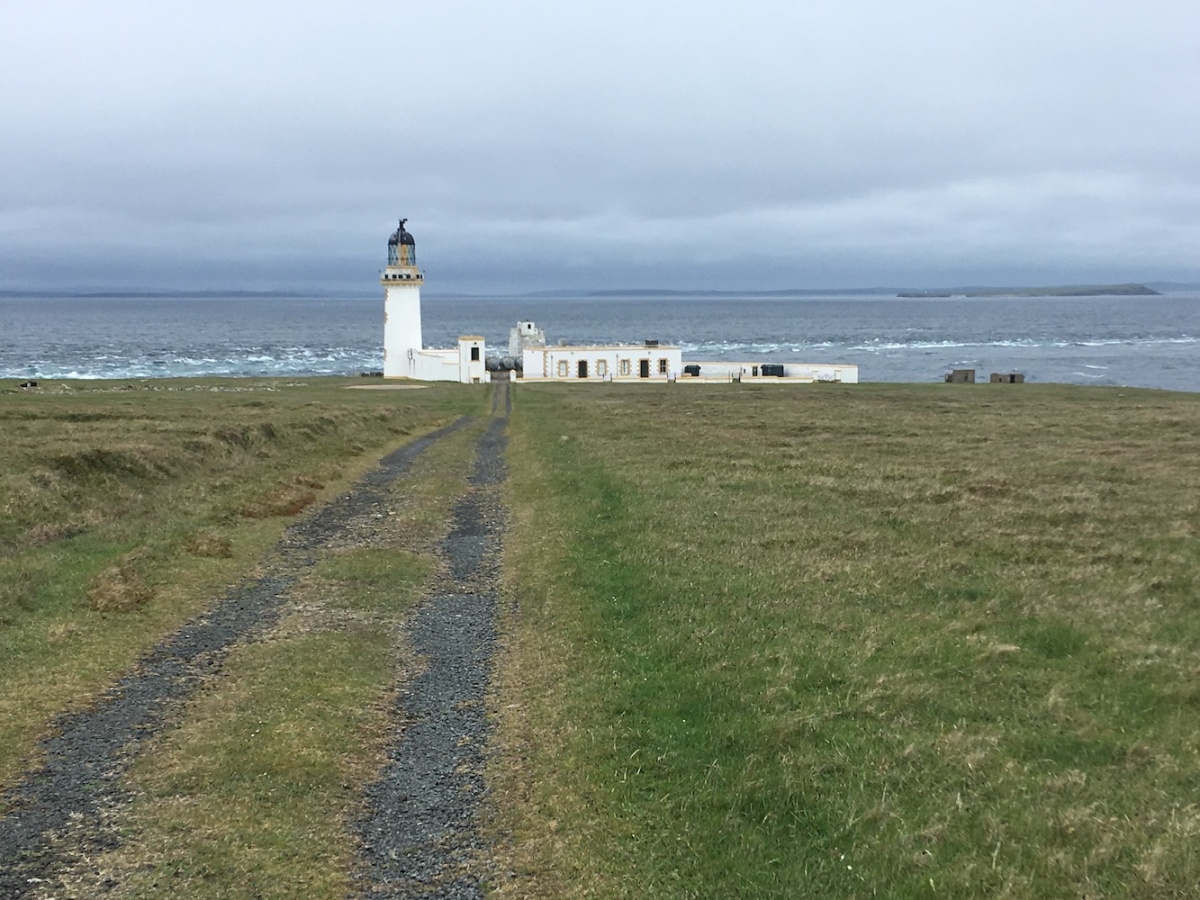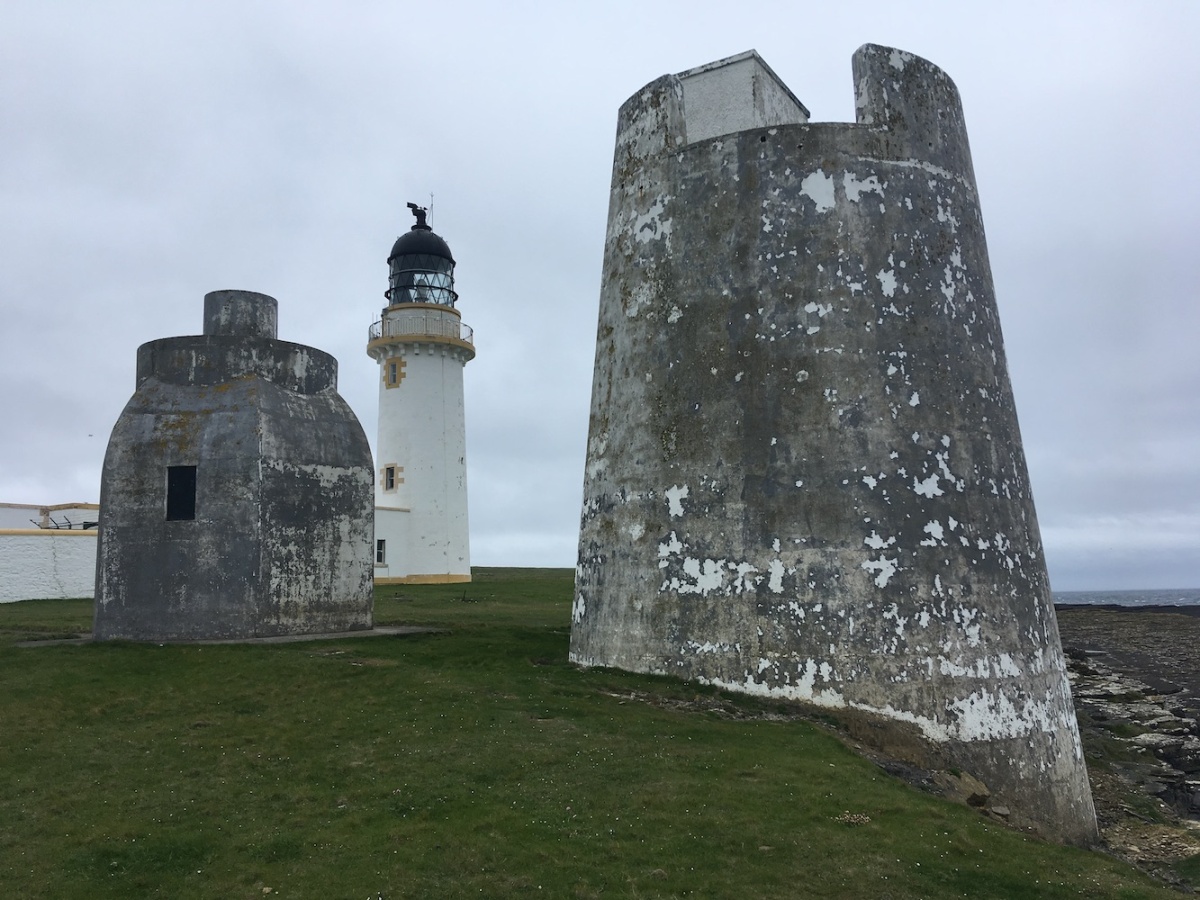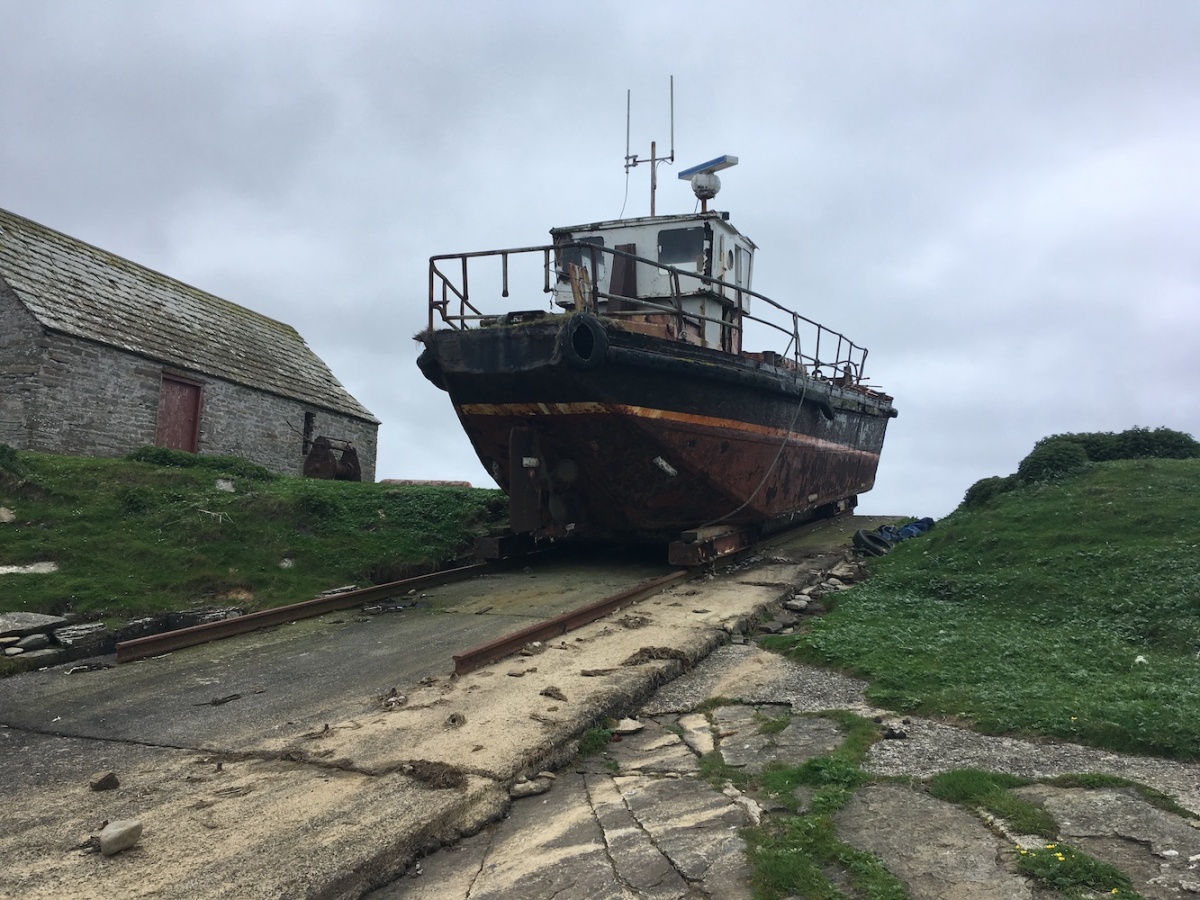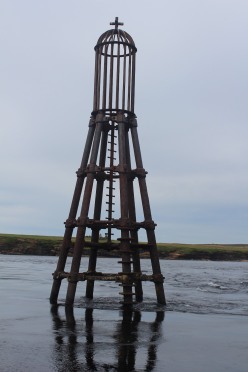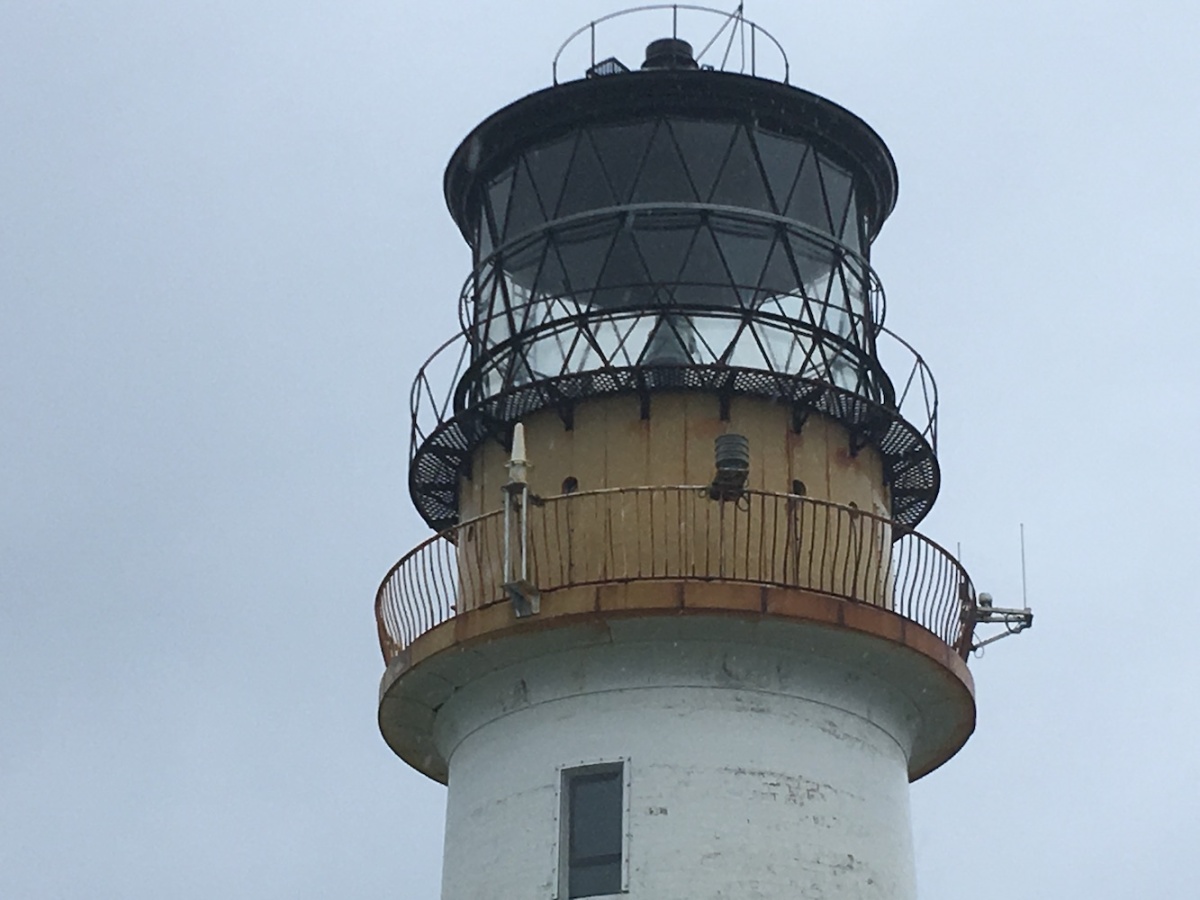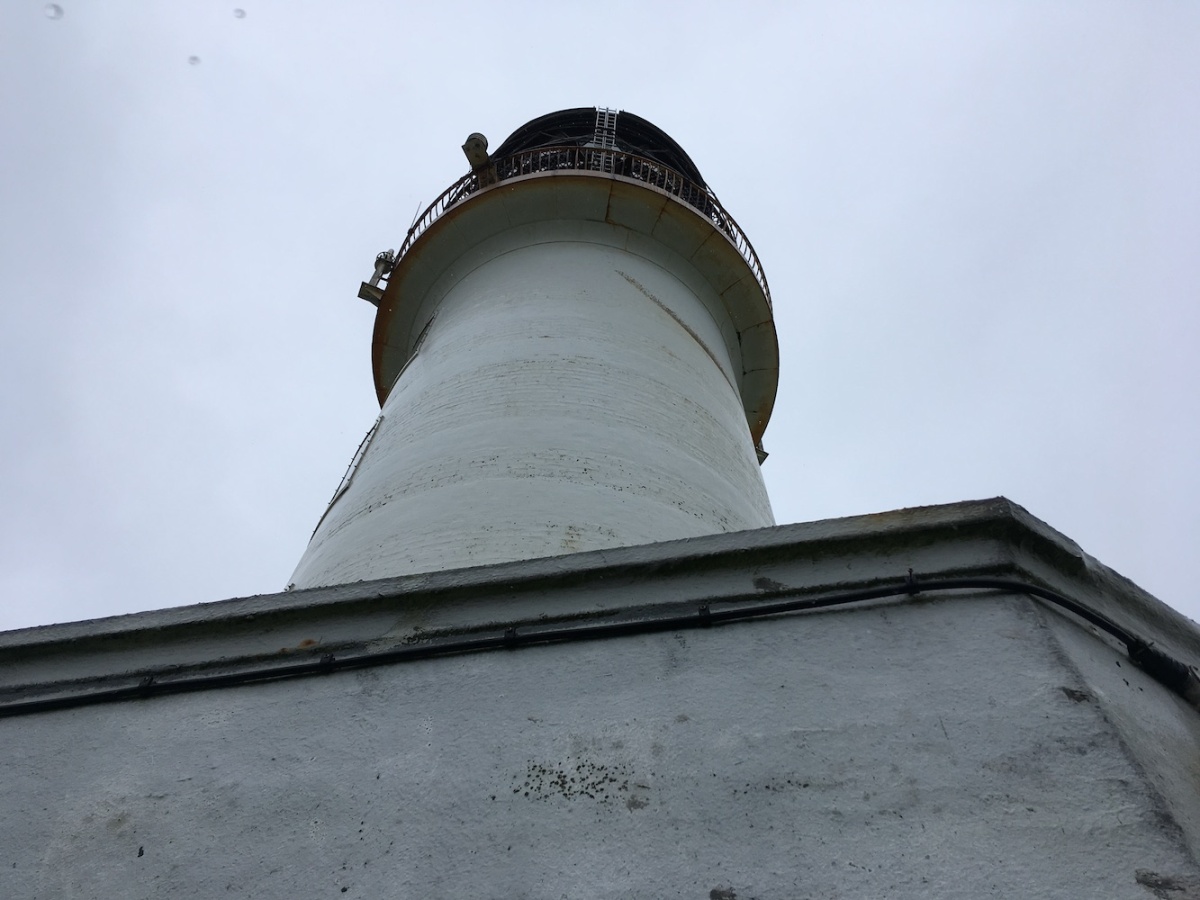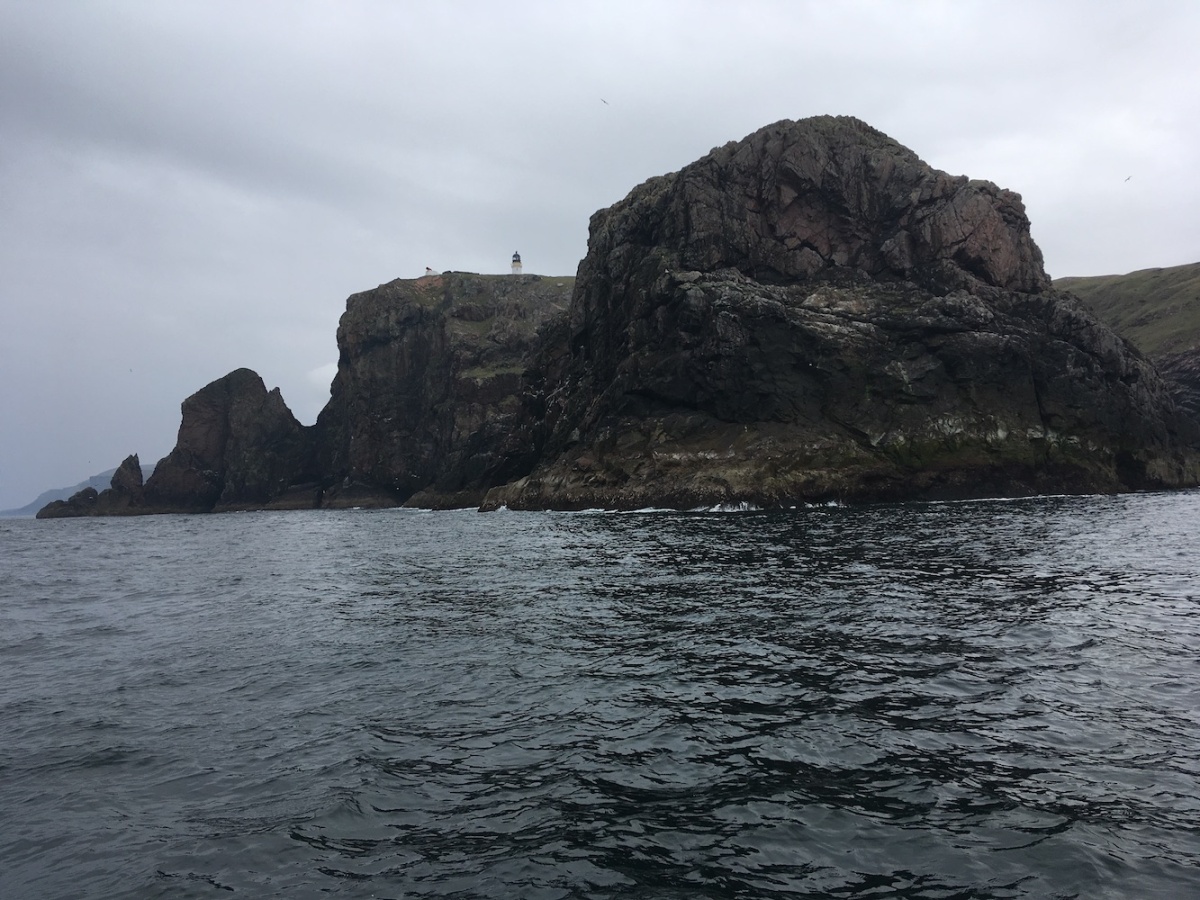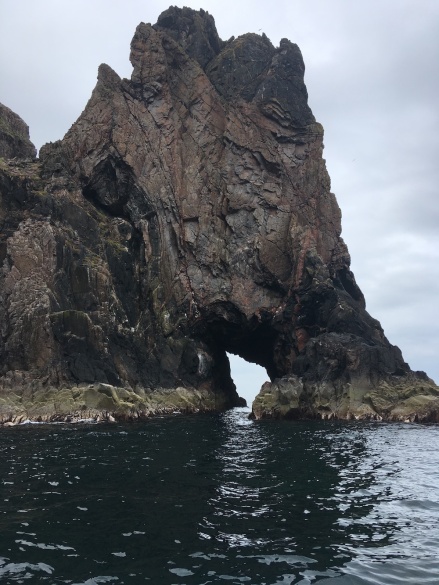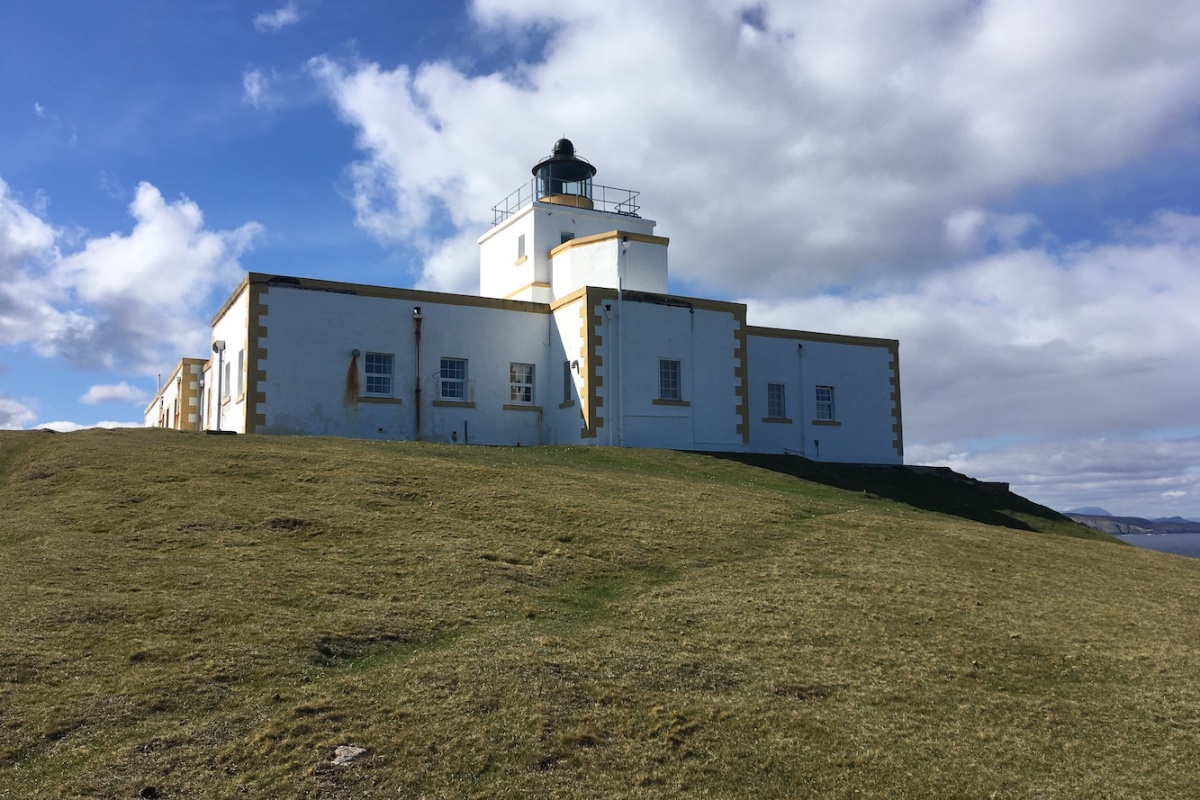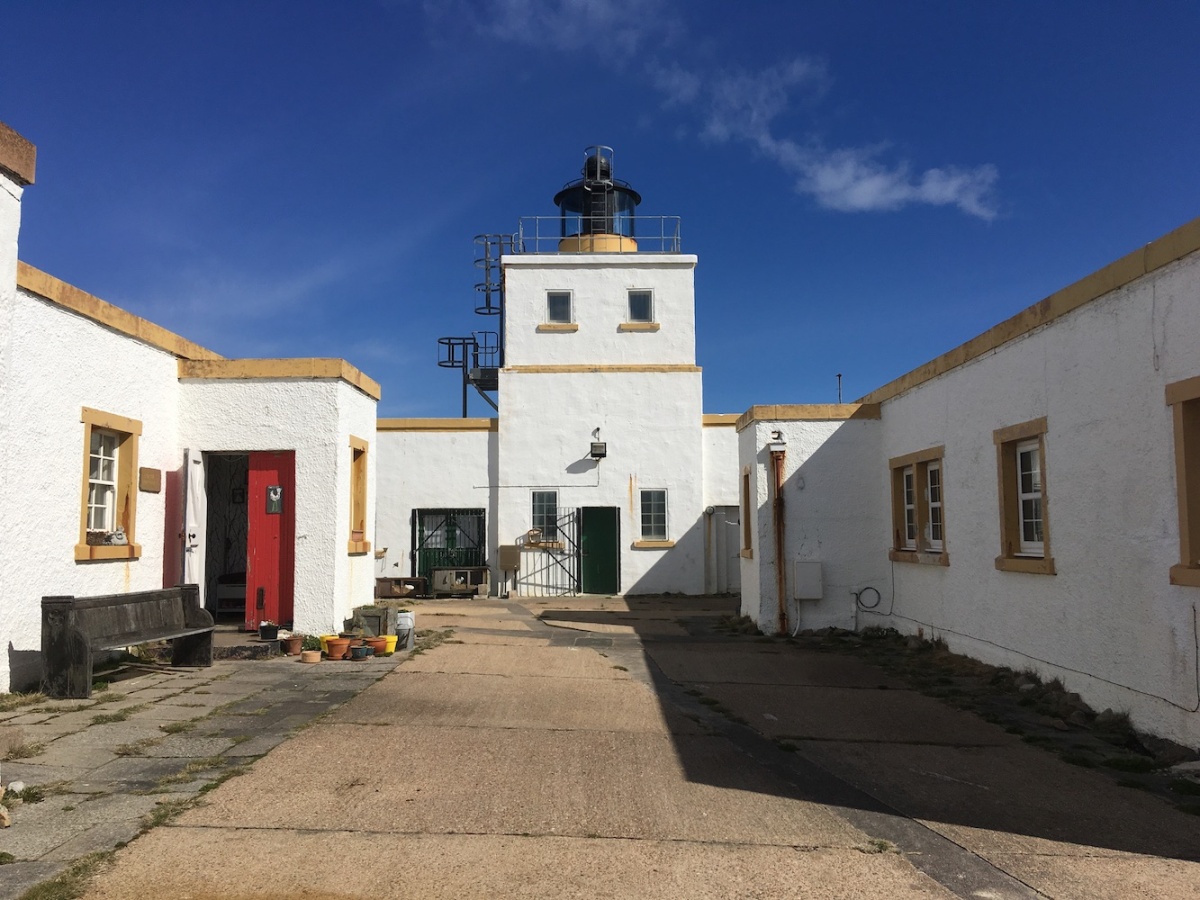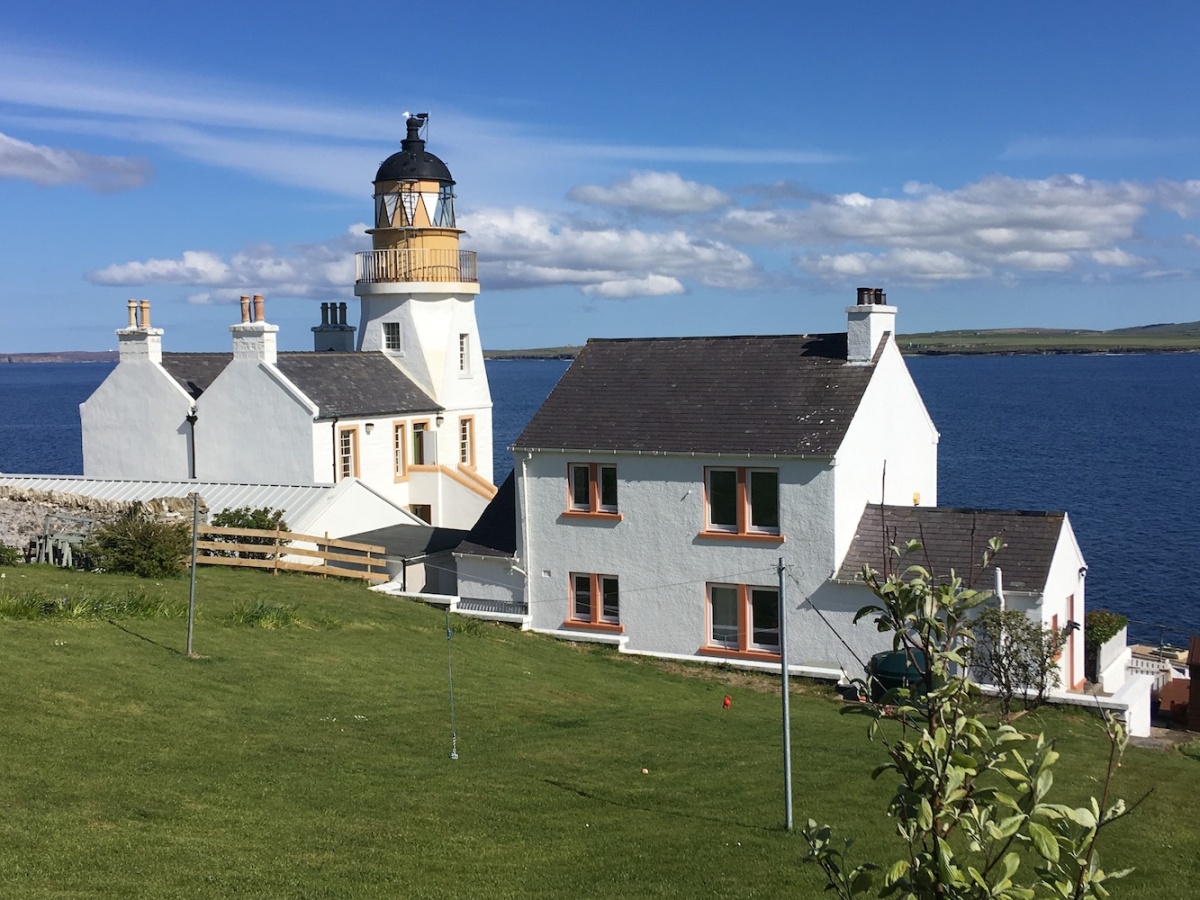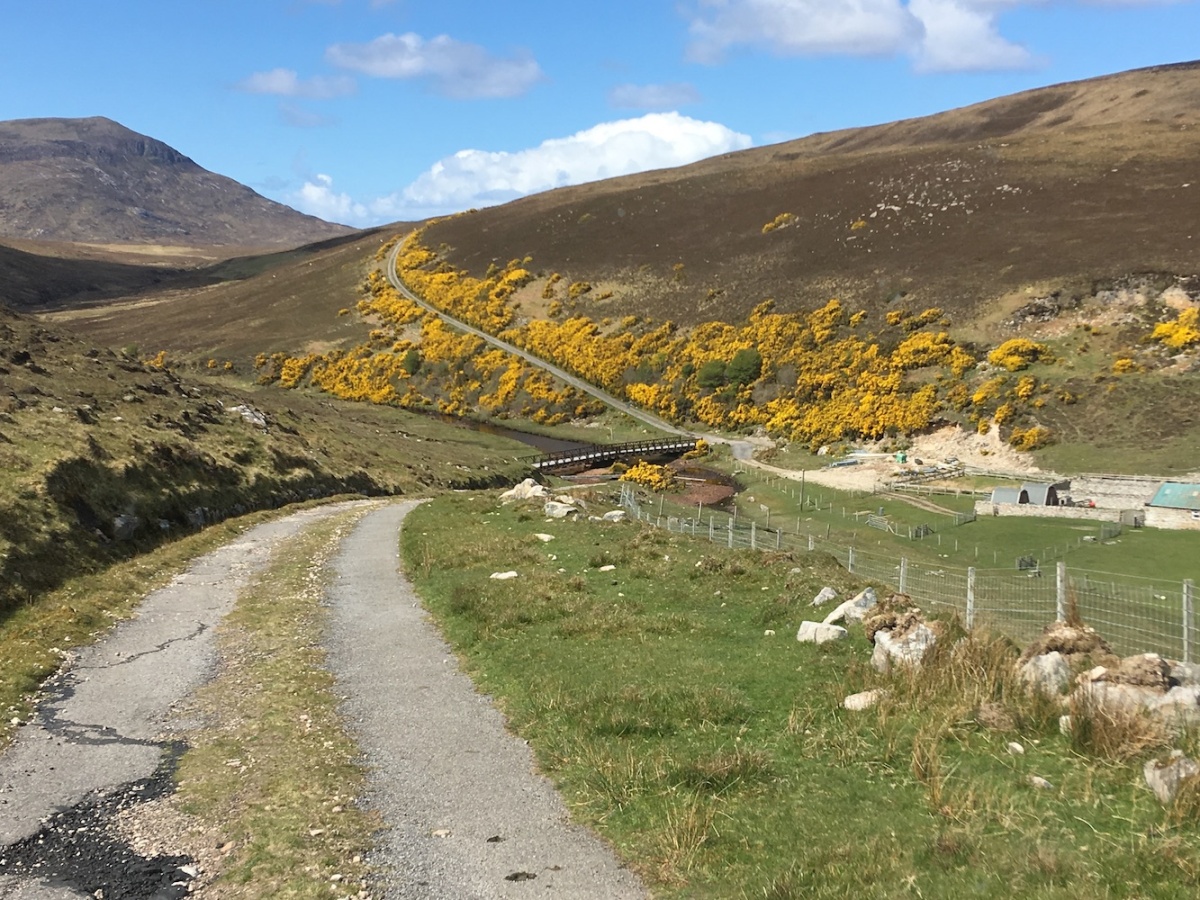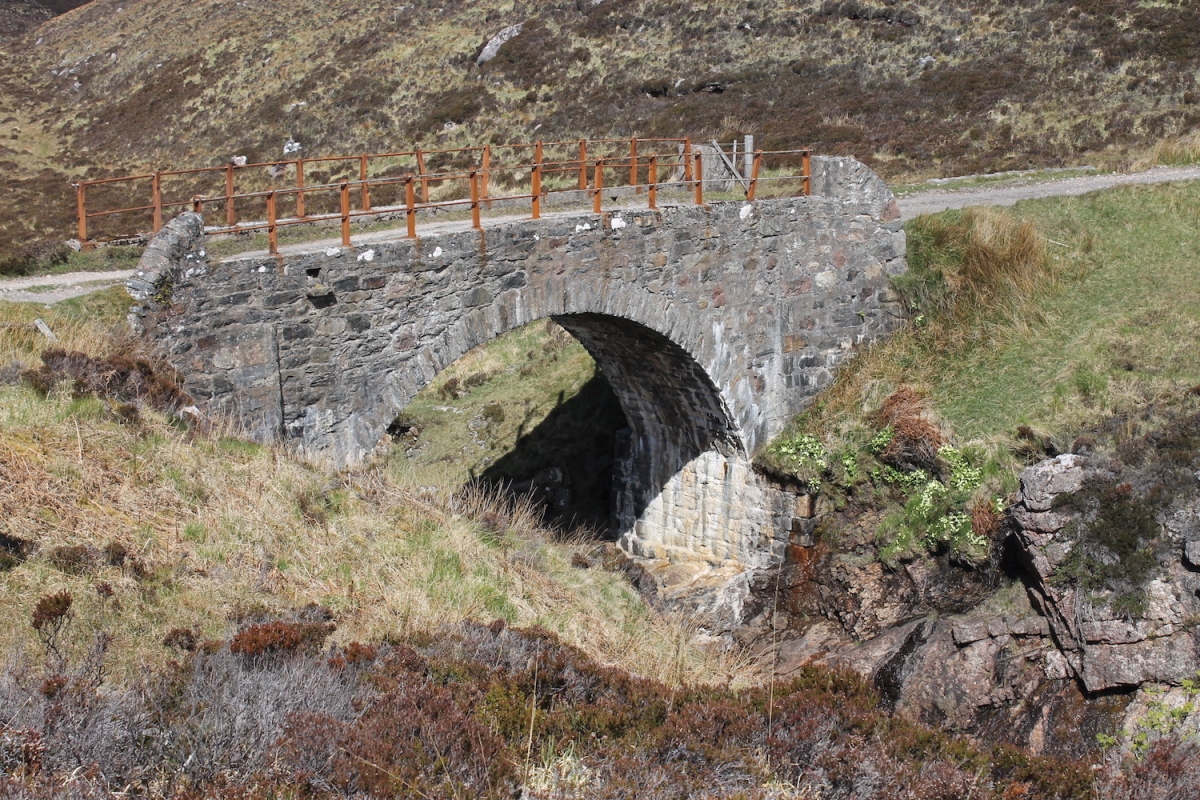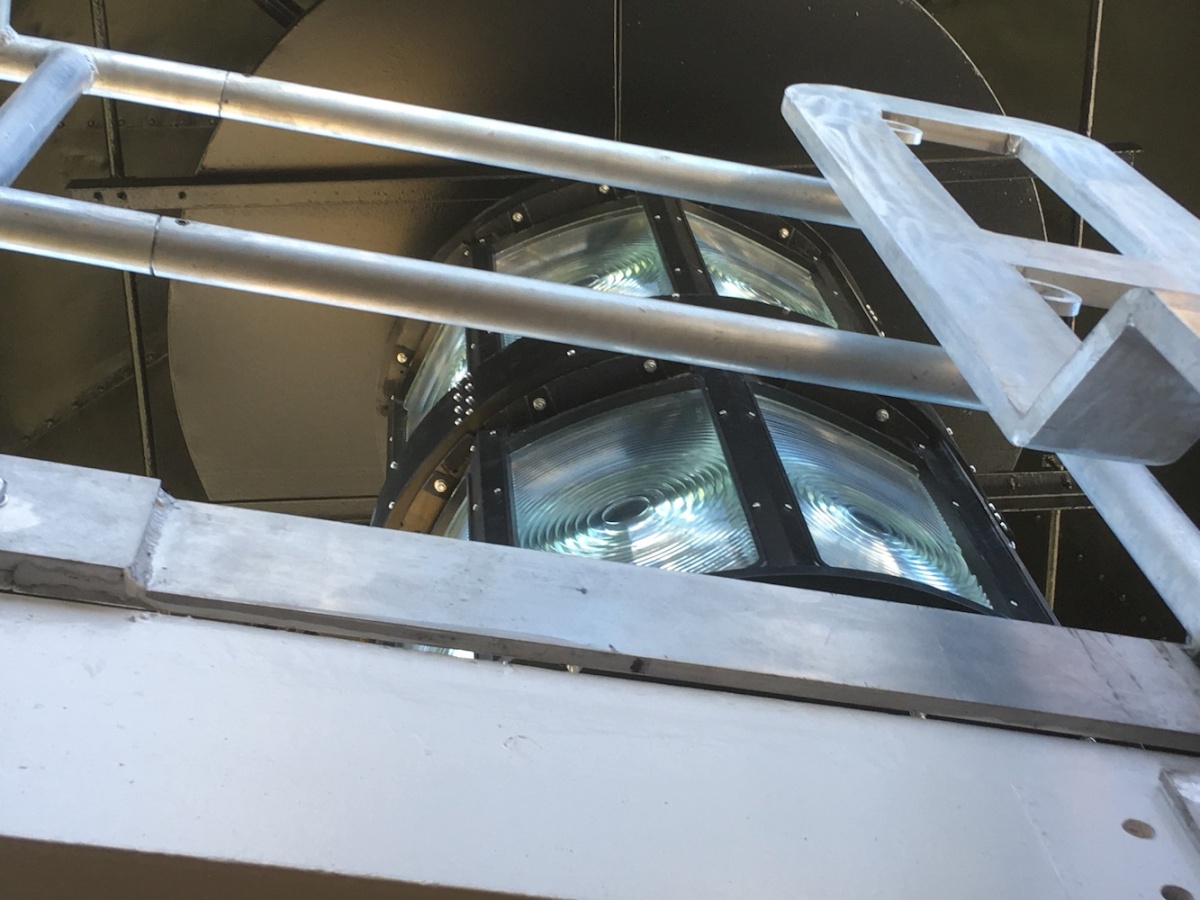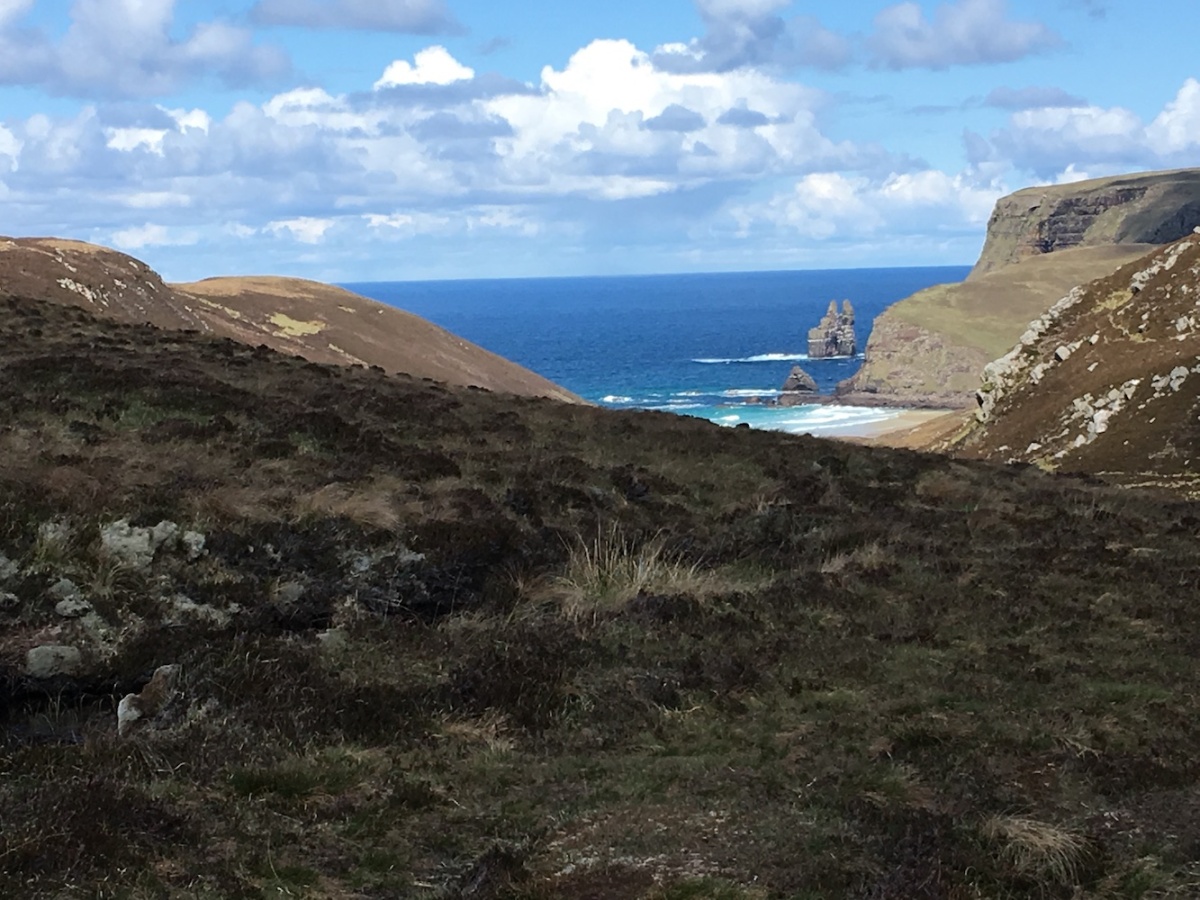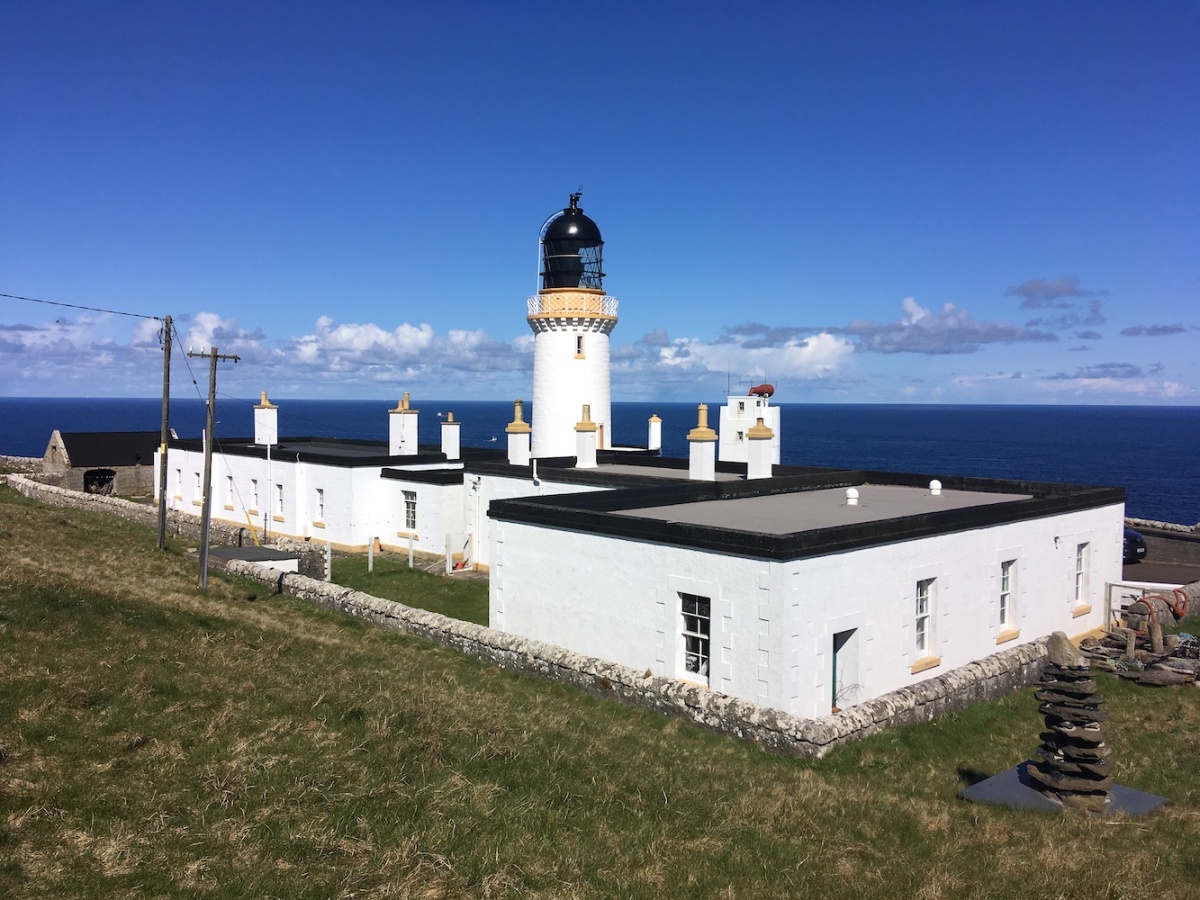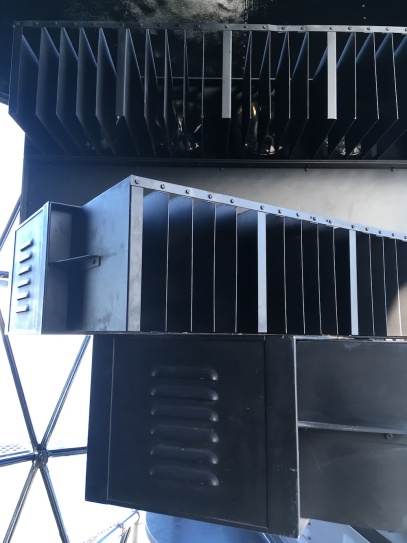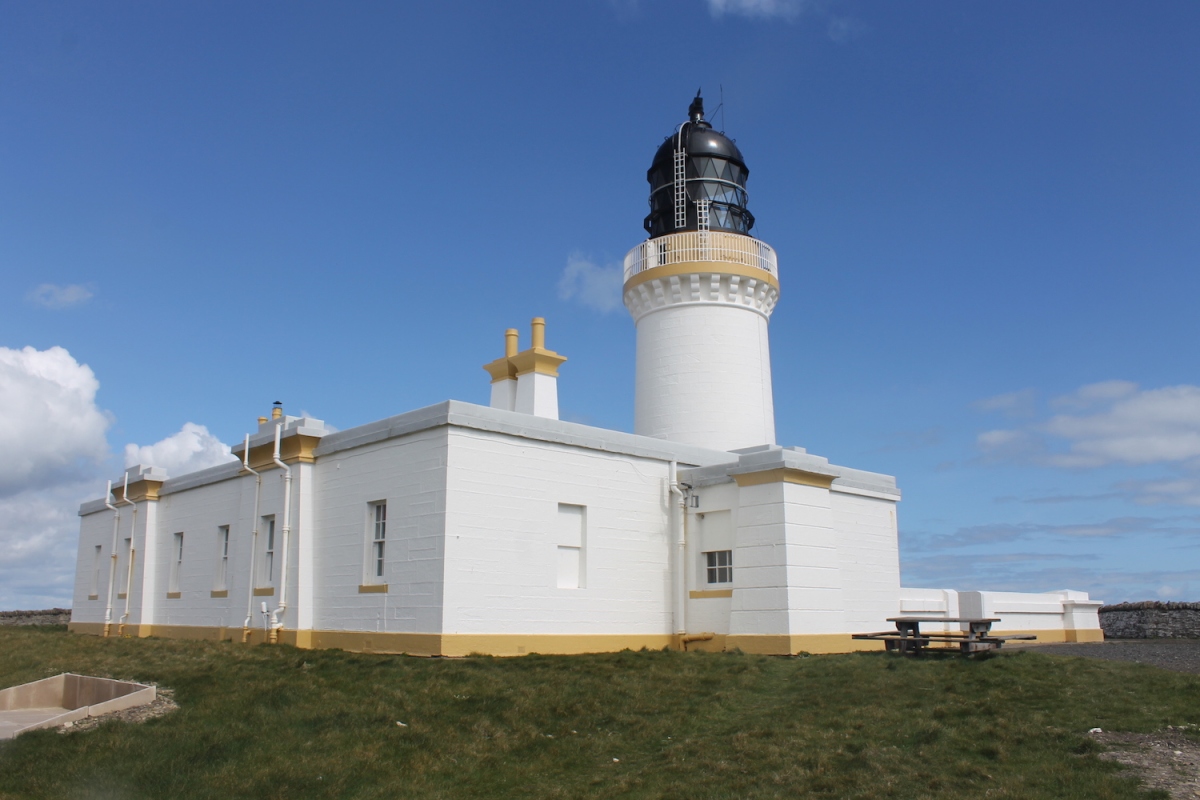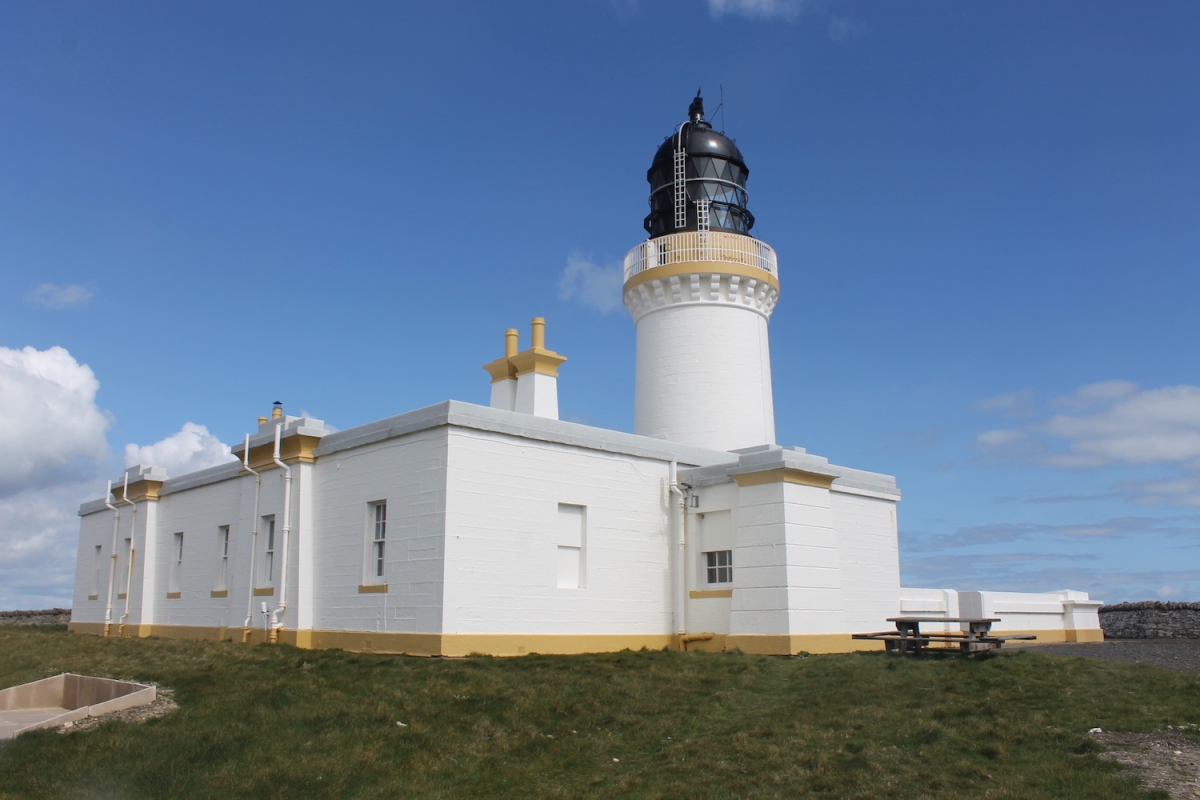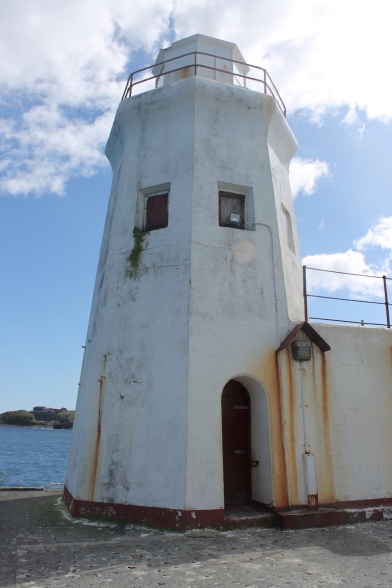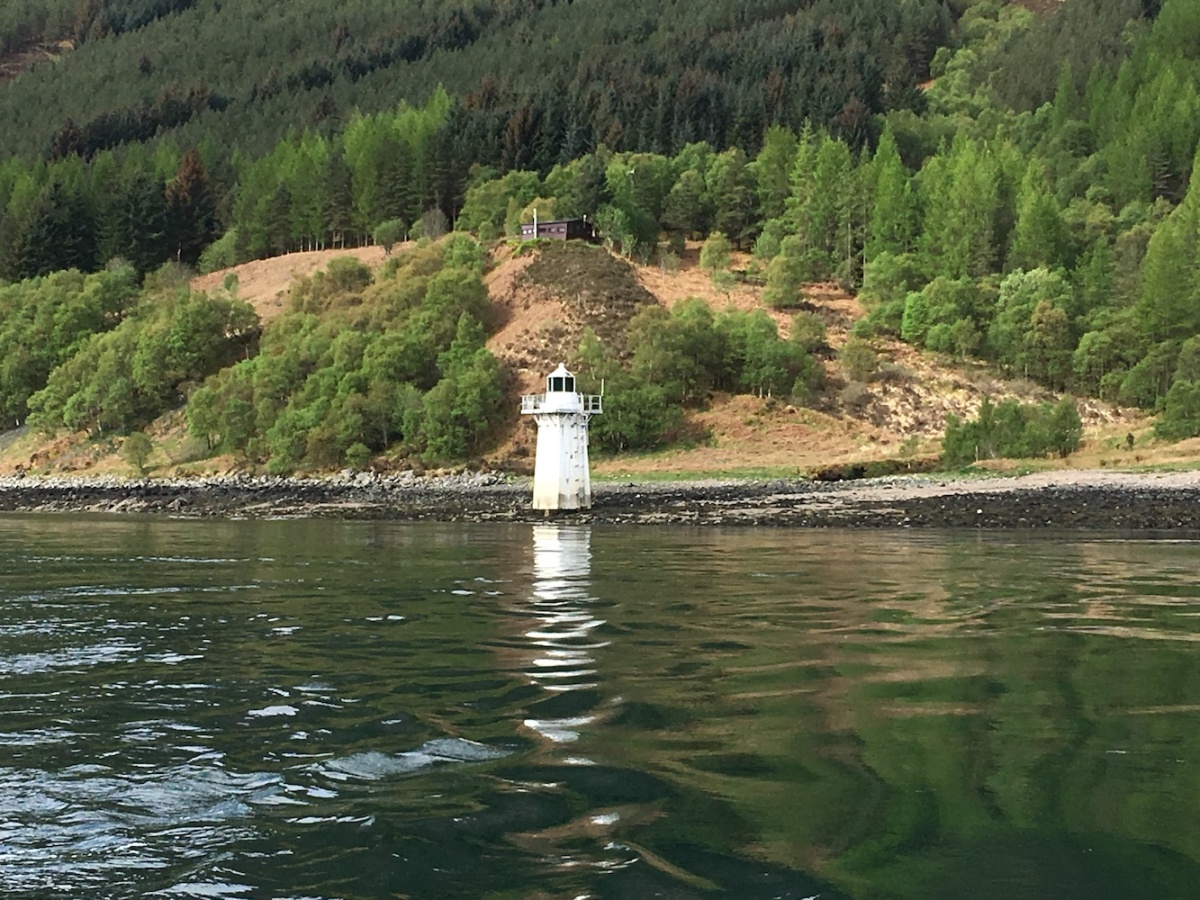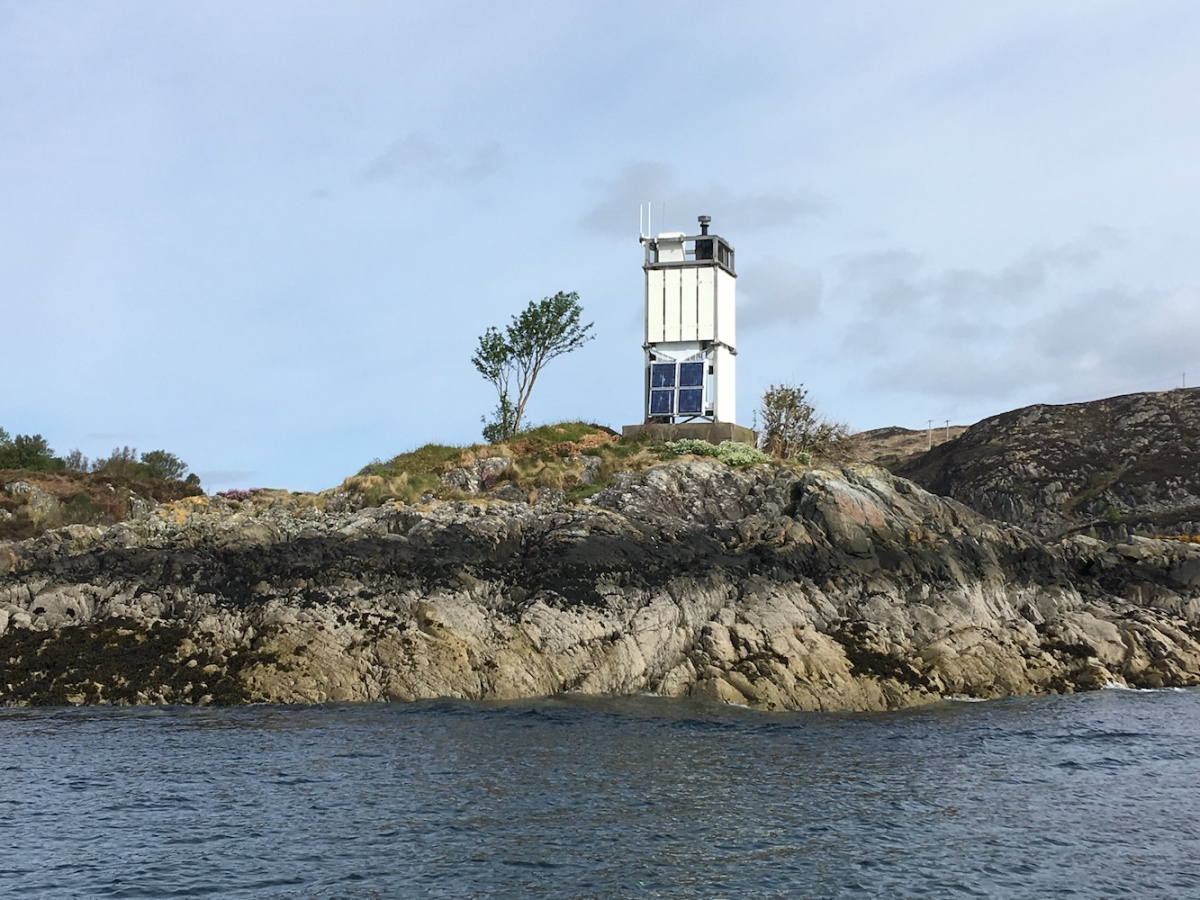Loch Eriboll is not so far from where I live – relatively – and I have seen the little lighthouse numerous times from the other side of the loch, but only walked to it once. My first visit was back in 2012 (the very early days) alongside Bob who was navigator and, at one point, also gave me a piggy back to get across a particularly wet bit. I’ve mentioned my friend John, my new “flat-pack” partner in crime, in a few posts recently and in general conversation he mentioned that he would like to walk out to the lighthouse on Loch Eriboll. Often he is content just to see these ones from a distance, but he felt the need to reach this one and asked if I would be happy to help him get there.
While this was a simple request which I happily agreed to, it was also going to be the first time since I met Bob that I would be responsible for walking anywhere “off piste” and guiding someone else on such terrain. I could tell Bob wasn’t entirely convinced that we wouldn’t end up in the middle of a bog or getting completely lost and abandoning the attempt. I saw it as a challenge and a way to prove that I could do it.
Fortunately, Bob lent me his GPS device and John appeared to trust me to get him there and back, so that was a good start. It’s not a particularly difficult walk with numerous obstacles, it’s really just making sure you go the right way around lochs and small hills. The ground underfoot is considerably easier than it was on some of the islands we walked on during the recent West Coast Adventure.
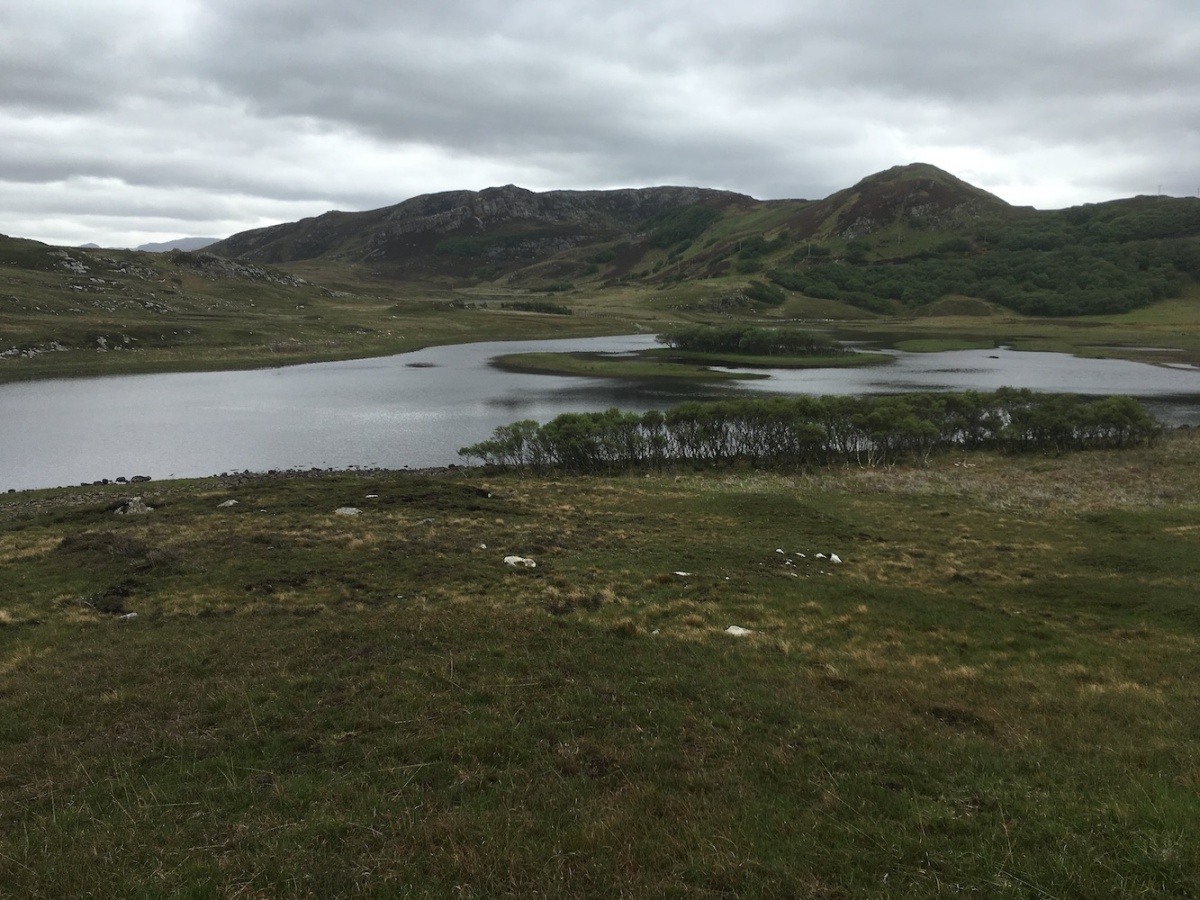
I found the parking area we had used previously and off we went. Immediately you are surrounded by some great scenery with a small loch and the slight hilly terrain beyond. Crossing a small stream was made much easier by John throwing a big stone into the middle of it to use as a stepping stone – this became known as ‘Sarah’s Bridge’. A short distance into the walk I perfectly demonstrated how “good” I am at judging land height from the GPS device by suggesting we walk uphill to the highest point we could see, on the basis that we would probably see the lighthouse from there. It didn’t quite work out as a little further on was another, higher hill. Fortunately, between us, we chose the best way to go around the next hill and it wasn’t long until we then spotted the top of the tower and knew that we were on the right track.

Not so long before we reached the lighthouse we passed the remains of an old stone house with a few trees nearby. It must have been a wonderful place to live, although not so easy to access – and fairly small inside once you saw the thickness of the stone walls. Although it wasn’t the clearest day with rain threatening to start at any moment, there were still some great views of the loch.
Success arrived in the form of a flat-pack lighthouse. I was pleased that we had made it and John was delighted to be there. It felt like a long time ago that I’d last been so close to it and it made me think about just how much I had achieved in lighthouse terms since my first visit. The Loch Eriboll light was actually my first flat-pack lighthouse so I am rather fond of it.

We wandered around the lighthouse for a while, both wondering how it was serviced as there appeared to be no obvious landing point for a boat nearby and no area of ground flat and big enough to land a helicopter. There were a number of metal rings in rocks close to the lighthouse, but they didn’t seem to serve a boat-related purpose. I recalled when we were there before that Bob had gone down onto some rocks, but the drop down was a little steep and the land was wet from a couple of days of rain so we didn’t venture down there.
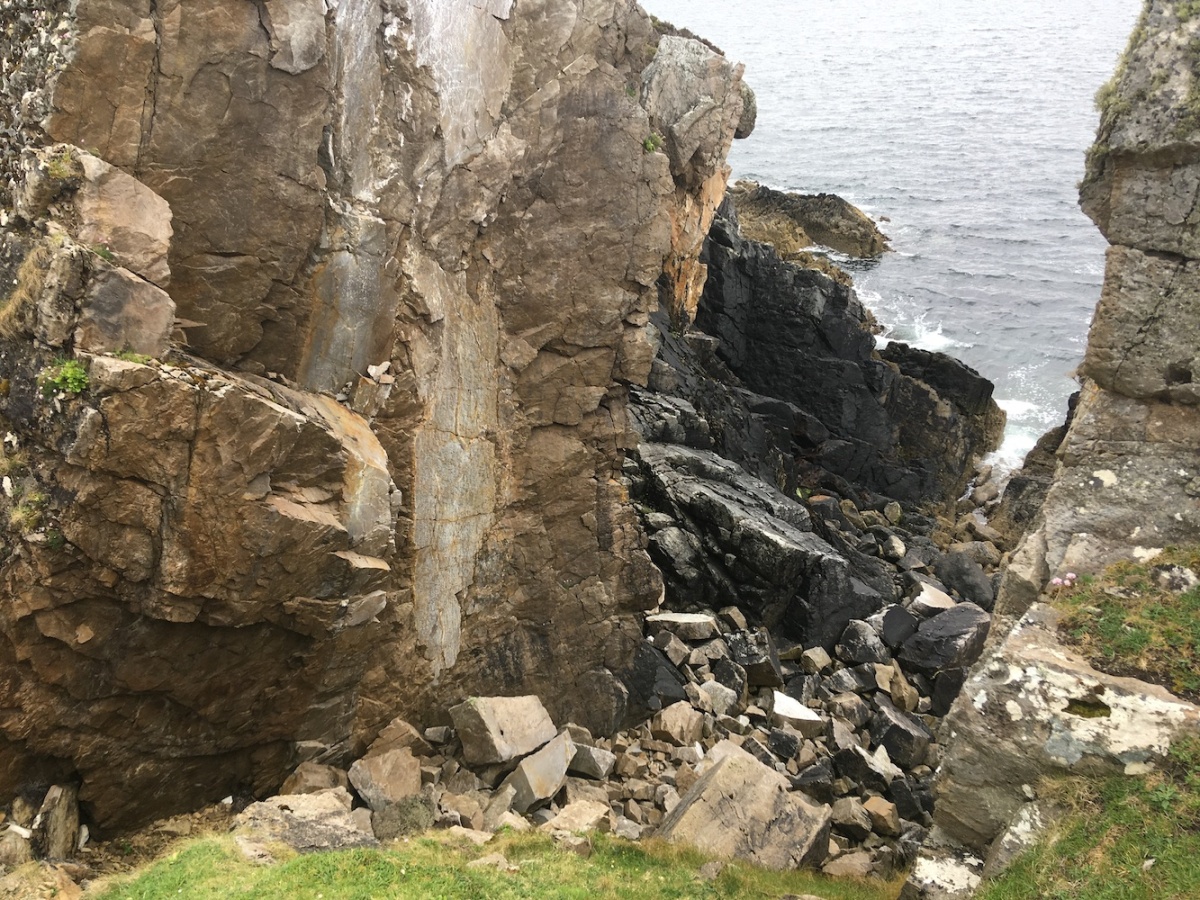
I’d not appreciated until recently how fascinating the coastline is in that area. I’ve recently watched an old STV series called Scotland: The Edge of the Land which features aerial footage of the coastline around Scotland and the land on the east coast of Loch Eriboll is stunning. I paid more attention to it, or what I could see if it, this time. One of the most distinguishing features of this lighthouse when you see it from the other side of the loch is the white stain on the rock below the lighthouse, which almost appears bigger than the light itself from a distance. Presumably this is from some form of lighthouse-related acid being poured over the cliff there. The lighthouse that previously stood in this location was one of the cast-iron structures (similar to those I’ve recently seen in Scoraig village and Glenelg), which would have required much more routine maintenance. John was keen to see this white staining while we were there, if it was possible to get a view of it. Light rain had started so we decided to head back, but I thought we’d check from one more angle to see if the mark would be visible and thankfully it was!
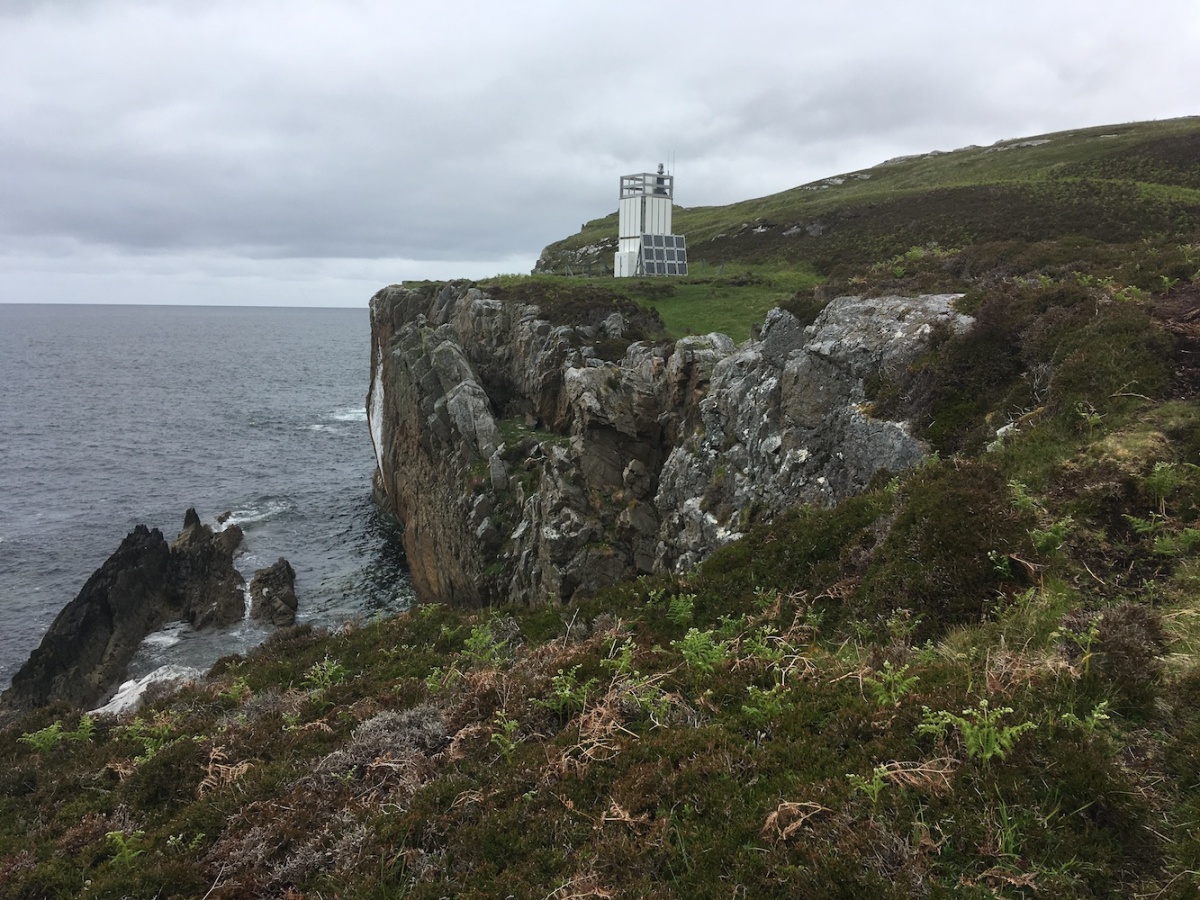
I often wonder how there came to be a lighthouse on Loch Eriboll. To me it didn’t seem like a natural place for the Northern Lighthouse Board, a national organisation, to put one as so many of their lights are in locations that guide ships through seas, into large river mouths or through frequently used channels. I’d looked into it a bit more recently as it really was intriguing me. The original lighthouse was built in 1937 and was designed by David A Stevenson, the last in line of the “lighthouse Stevensons”. I found out that the loch, being the only deep water sea loch, was (and still is) used as a place of refuge for any ship looking for calmer water to retreat to in difficult conditions to the east of Cape Wrath.

I also discovered that it was used by submarines during this Second World War, but it was built 2 years before the War began so that didn’t really explain the reasoning behind it. The only evidence I have found, through a brief search, of any disaster occurring in Loch Eriboll was the collision between the HMS Vulture II trawler and the minesweeper ST Phrontis FD142 on 16th March 1918. HMS Vulture now lies at the bottom of the loch, though thankfully there was no loss of life during the incident. I have found through recent research that often the loss of military vessels has led to the introduction of a lighthouse in certain areas. Whether this was the case here is unclear, particularly as it was almost 20 years between the collision and the building of the lighthouse. I think my research must certainly continue.
Although the walk out to the lighthouse wasn’t difficult, it was much easier on the way back and we were able to follow the same route by using some key “landmarks”. We made it back to the car in good time and I must admit I was pretty pleased with myself for my tour guide efforts, and of course John was too. I’m not sure how we would have got on without Bob’s GPS device though! A great couple of hours and well worth another revisit some time 🙂


